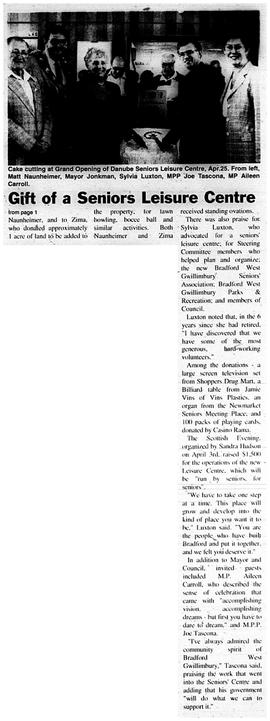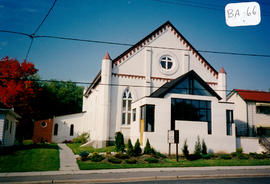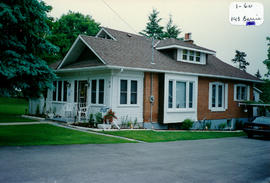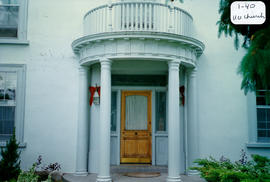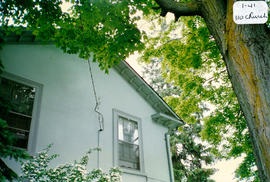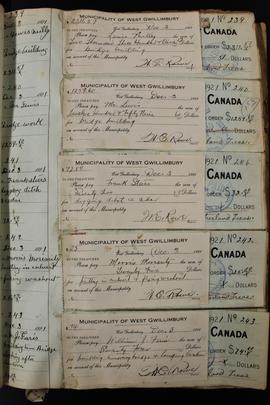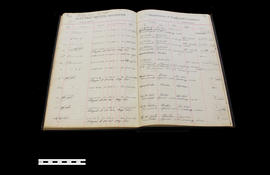The most wonderful gift this municipality has received - part 2
- CA BWGPL LHC-Newsp-Arti-PH26615-2016-10-20-04
- Part
- 1998-05-02
Part of Local History Collection
Description : Naunheimer, and to Zima, who donated approximately 1 acre of land to be added to the property, for lawn bowling, bocce ball and similar activities. Both Naunheimer and Zima received standing ovations.
There was also praise for Sylvia Luxton, who advocated for a seniors' leisure centre; for Steering Committee members who helped plan and organize; the new Bradford West Gwillimbury Seniors' Association; Bradford West Gwillimbury Parks & Recreation; and members of Council.
Luxton noted that in the 6 years since she had retired, "I have discovered that we have some of the most generous, hard-working volunteers."
Among the donation - a large screen television set from Shoppers Drug Mart, a Billiard table from Jamie Vins of Vins Plastics, an organ from the Newmarket Seniors Meeting Place, and 100 packs of playing cars, donated by Casino Rama.
The Scottish Evening, organized by Sandra Hudson on April 3rd, raised $1500 for the operations of the new Leisure Centre, which will be "run by seniors, for seniors."
"We have to take one step at a time. This place will grow and develop into the kind of place you want it to be," Luxton said. "You are the people who have built Bradford and put it together, and we felt you deserve it."
In addition to Mayor and Council, invited guests included MP Aileen Carroll, who described the sense of celebration that came with "accomplishing vision, accomplishing dreams but first you have to dare to dream," and MPP Joe Tascona.
Bradford West Gwillimbury Times

